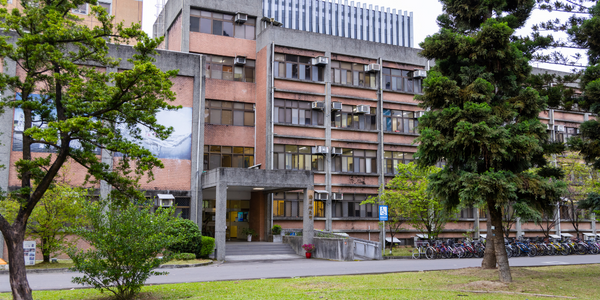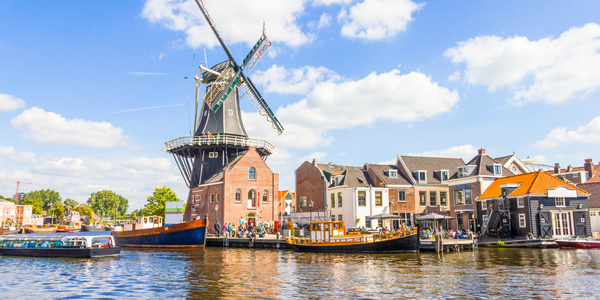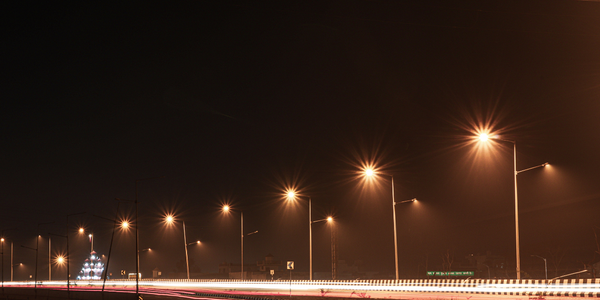Technology Category
- Infrastructure as a Service (IaaS) - Cloud Computing
- Platform as a Service (PaaS) - Application Development Platforms
Applicable Industries
- Buildings
- Cities & Municipalities
Applicable Functions
- Product Research & Development
- Quality Assurance
Use Cases
- Indoor Air Quality Monitoring
- Outdoor Environmental Monitoring
Services
- Cloud Planning, Design & Implementation Services
- Testing & Certification
About The Customer
Aclima is a technology company based in the United States that designs and deploys sensor networks to advance environmental intelligence. The company aims to improve human health and planetary health by combining leading-edge sensing technology, cloud computing, and artificial intelligence. Aclima's platform translates real-time data into actionable insights, transforming how we understand and manage our buildings, cities, and industries. The company's mission is to create a more resilient, healthy, and thriving world by providing a better understanding of the environment.
The Challenge
Aclima, a San Francisco-based company, specializes in the design and deployment of environmental sensor networks. The company aimed to measure, map, and better understand air quality across America’s cities. The challenge was to track air quality at a granular level, block-by-block and neighborhood-by-neighborhood, which had never been done before. The company's fleet of Aclima-equipped Google Street View cars had to collect nearly a billion data points, covering more than 100,000 miles. This massive data collection required a scalable, secure platform to manage what was quickly becoming one of the largest datasets in the world. The company needed a solution that could handle vast amounts of data and provide scalable growth potential.
The Solution
Aclima chose Google Cloud Platform as it could handle vast amounts of data and provided scalable growth potential. The platform measures many airborne pollutants, including nitrogen dioxide, nitric oxide, ozone, carbon dioxide, carbon monoxide, methane, black carbon, particulate matter, and volatile organic compounds (VOCs). The hyperlocal data streams in real-time to an enterprise data warehouse and computing platform built using Google Cloud Platform. Google Compute Engine and Google Kubernetes Engine support Aclima’s proprietary software translating information from sensors into data points for analysis and writing them to storage, including Google Cloud Storage and Google BigQuery. Aclima's platform is supporting one of the largest data sets of urban air pollution ever assembled, the storage of which lies exclusively on Google Cloud Platform.
Operational Impact
Quantitative Benefit

Case Study missing?
Start adding your own!
Register with your work email and create a new case study profile for your business.
Related Case Studies.

Case Study
Turning A Stadium Into A Smart Building
Honeywell created what it called the “intelligent system” for the National Stadium in Beijing, China, turning the venue for the opening and closing events at the 2008 Summer Olympics into a “smart building.” Designed by highly controversial artist Ai Weiwei, the “Bird’s Nest” remains one of the most impressive feats of stadium architecture in the world. The 250,000 square meter structure housed more than 100,000 athletes and spectators at a time. To accommodate such capacity, China turned to Honeywell’s EBI Integrated Building Management System to create an integrated “intelligent system” for improved building security, safety and energy efficiency.

Case Study
Energy Saving & Power Monitoring System
Recently a university in Taiwan was experiencing dramatic power usage increases due to its growing number of campus buildings and students. Aiming to analyze their power consumption and increase their power efficiency across 52 buildings, the university wanted to build a power management system utilizing web-based hardware and software. With these goals in mind, they contacted Advantech to help them develop their system and provide them with the means to save energy in the years to come.
.png)
Case Study
Smart Street Light Network (Copenhagen)
Key stakeholders are taking a comprehensive approach to rethinking smart city innovation. City leaders have collaborated through partnerships involving government, research institutions and solution providers. The Copenhagen Solutions Lab is one of the leading organizations at the forefront of this movement. By bringing together manufacturers with municipal buyers, the Copenhagen Solutions Lab has catalyzed the development and deployment of next-generation smart city innovations. Copenhagen is leveraging this unique approach to accelerate the implementation of smart city solutions. One of the primary focus areas is LED street lighting.

Case Study
Buoy Status Monitoring with LoRa
The Netherlands are well-known for their inland waterways, canals, sluices and of course port activities. The Dutch Ministry of Infrastructure indicates that there are thousands of buoys and fixed items in and near water environments that would profit from IoT monitoring. One of the problems with buoys for example, is that they get hit by ships and the anchor cable breaks. Without connectivity, it takes quite some time to find out that something has happened with that buoy. Not to mention the costs of renting a boat to go to the buoy to fix it. Another important issue, is that there is no real-time monitoring of the buoys at this moment. Only by physically visiting the object on the water, one gains insight in its status.

Case Study
Barcelona Case Study
Barcelona’s heavy traffic and its associated high levels of pollution were the primary factors that motivated some companies and universities to work on strategies for improving traffic in the city centre. Bitcarrier is one of the technologies involved in the In4Mo Project, whose main objective is to develop the applications that form the core of smart mobility, one of the fundamental pillars of the smart city concept.








